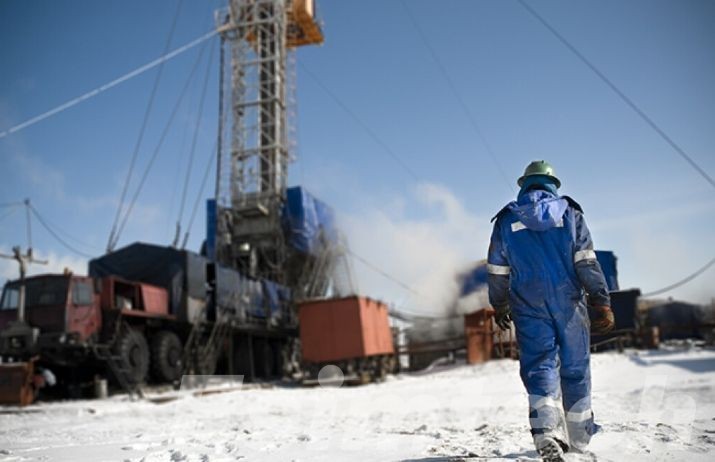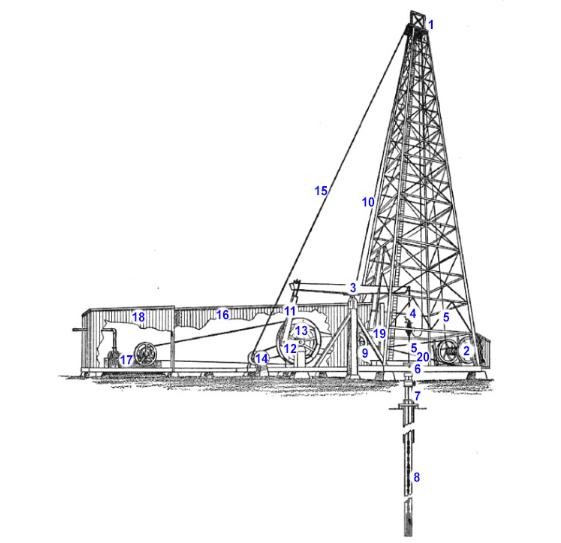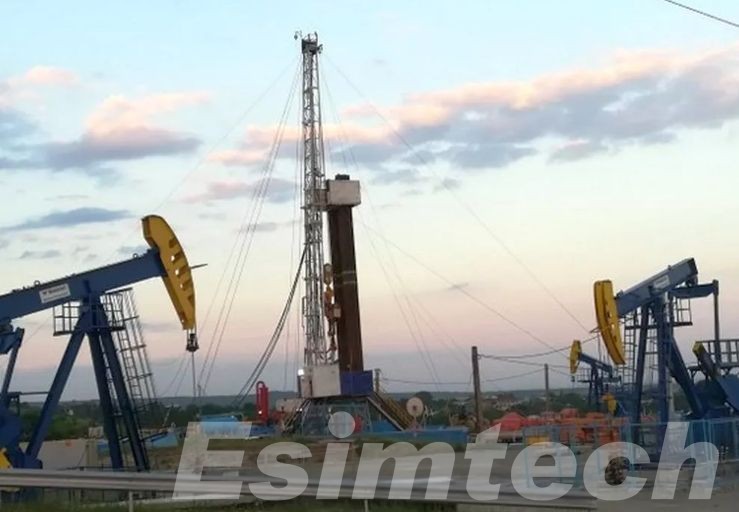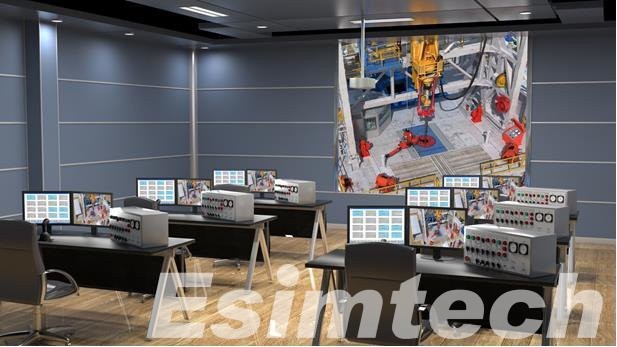A Guide to Oil and Gas Drilling Methods
Oil and gas drilling, the process of extracting these valuable resources from deep underground, is a complex feat. But how exactly do we reach these hidden reserves? This guide explores the various oil and gas drilling methods, providing insights into their applications and how to choose the right one for the job.
Oil and Gas Drilling Methods – What’s the Meaning?
Oil and gas wouldn’t power our world without oil and gas drilling methods. These methods are essentially creating a safe and efficient tunnel, a wellbore, to reach these resources trapped underground. Drilling rigs, massive machines with specialized drill bits, punch through rock, creating a pathway for oil and gas to reach the surface.
But it’s not always a simple straight-down drill. Oil and gas drilling methods encompass various techniques to navigate the complexities underground. From conventional vertical drilling for shallow deposits to advanced directional drilling for distant targets, the chosen method considers factors like depth, geology, and environment.
Understanding these methods sheds light on the ingenuity behind extracting these vital resources. It’s a testament to human engineering, constantly evolving to meet our global energy demands.

Common Oil and Gas Drilling Methods
Oil and gas deposits reside in various geological formations, demanding a toolbox of drilling methods to reach them effectively. Here’s a closer look at some of the most common techniques used in oil and gas drilling:
This tried-and-true method involves drilling a straight wellbore directly down to the target reservoir. It’s a simple and efficient approach for shallow deposits or those located directly beneath the drilling rig. However, its limitations become apparent when targeting deeper reserves or those located horizontally.
- Directional Drilling:
Directional drilling allows us to navigate around obstacles or reach deposits far from the drilling site. This method employs a steerable drill bit controlled by sophisticated monitoring tools. By adjusting the bit’s angle, the well path can be curved, reaching targets even miles away. Directional drilling is a must-have for offshore drilling and accessing unconventional formations where horizontal travel is necessary.
- Horizontal Drilling:
Imagine a well that follows a near-horizontal path within the target zone. That’s horizontal drilling, a specialized technique particularly valuable for extracting resources from shale formations. Shale oil and gas are trapped within tiny pores in the rock. Horizontal drilling allows for a long wellbore to be created within this zone, maximizing the amount of resource that can be extracted. Think of it as a long straw reaching into a dense, oil-saturated sponge.
- Rotary Drilling:
The workhorse of the oil and gas drilling industry, rotary drilling utilizes a continuously rotating drill bit to break through rock. Imagine a giant corkscrew boring its way into the earth. A special fluid called drilling mud circulates through the drill string. This mud serves multiple purposes: it carries rock cuttings to the surface, cools the drill bit, and maintains pressure within the wellbore to prevent collapse. Rotary drilling can be employed for both vertical and directional wells, making it a versatile and efficient method.
- Cable Tool Drilling:

A traditional method, cable tool drilling is less common today but still finds use in specific situations. This technique utilizes a heavy bit attached to a long cable. The cable is repeatedly raised and then dropped, with the bit acting like a giant hammer pounding its way into the ground. While effective for shallow wells and hard rock formations, cable tool drilling is slower and more labor-intensive compared to rotary drilling.
By understanding these common oil and gas drilling methods, we can equips us with a deeper appreciation for the ingenuity and complexity involved in extracting these valuable resources.
How to Choose the Right Methods?
Selecting the optimal oil and gas drilling method is a meticulous process that requires careful consideration of various factors. It’s a balancing act between maximizing resource extraction, ensuring wellbore stability, and minimizing environmental impact. Here are some tips to consider.
- Target Depth and Formation Characteristics: Shallow, easily accessible deposits might be suitable for conventional vertical drilling. However, for deeper targets or those located horizontally, directional or horizontal drilling becomes necessary. Additionally, the rock formations play a significant role. Hard, dense rock formations might necessitate the brute force of rotary drilling, while softer formations could be tackled with cable tool drilling.
- Wellbore Stability: Maintaining a stable wellbore throughout the drilling process is paramount for safety and efficiency. The chosen method should ensure the wellbore can withstand the pressure exerted by the surrounding rock and the drilling fluids. Directional and horizontal drilling, for instance, require careful planning and execution to ensure the wellbore doesn’t collapse during the creation of a curved path.

- Environmental Considerations: The environmental impact of drilling operations is a growing concern. When drilling in sensitive ecological areas or offshore, methods that minimize environmental footprint become crucial. Horizontal drilling, for example, can access a larger reservoir from a single wellsite, reducing the surface disturbance compared to multiple vertical wells. Additionally, advancements in drilling mud formulations and waste management practices play a vital role in mitigating environmental impact.
- Cost-Effectiveness: Drilling operations are expensive endeavors. The chosen method should be cost-effective while achieving the desired results. Factors like drilling speed, rig requirements, and operational complexity all influence the overall cost. For instance, while vertical drilling might be the least expensive method initially, it may not be cost-effective for reaching deeper reserves compared to a more targeted directional drilling approach.
- Technological Availability and Expertise: The availability of specialized equipment and the expertise of the drilling crew also influence method selection. Advanced directional drilling techniques, for example, require sophisticated equipment and highly skilled personnel to operate them effectively.
By carefully evaluating these factors, oil and gas companies can select the drilling method that best suits the specific reservoir, minimizes environmental impact, and ensures project success.
How to Learn These Methods?
Understanding oil and gas drilling methods requires a combination of scientific knowledge and practical experience. Here are some avenues to explore:
1. Educational Programs: Universities and technical colleges offer petroleum engineering programs that delve into drilling technologies. These programs often include coursework on drilling mechanics, wellbore design, and formation evaluation, providing a strong foundation for understanding drilling methods.
2. Industry Training: Oil and gas companies often provide specialized training for their employees on drilling methods relevant to their operations. This training can be invaluable, offering hands-on experience with real-world drilling scenarios.
3. Online Resources: Reputable industry publications and online courses can provide a foundational understanding of drilling techniques. These resources can be a great starting point for those interested in learning more about the field.

4. Oil and Gas Drilling Simulation: Beyond traditional learning methods, oil and gas drilling simulation software is becoming an increasingly popular tool. These simulators provide realistic, interactive environments where users can practice drilling procedures, make decisions in real-time, and experience the consequences of their actions in a safe, controlled setting. Drilling simulators can be particularly useful for visualizing complex wellbore geometries, practicing wellbore control techniques, and honing decision-making skills in critical drilling situations.
Summary
By understanding the various oil and gas drilling methods, we gain a deeper appreciation for the complexities involved in extracting these vital resources. From conventional vertical drilling to sophisticated directional techniques, each method plays a crucial role in meeting our global energy demands. As technology continues to evolve, we can expect even more efficient and sustainable drilling methods to emerge in the future.

